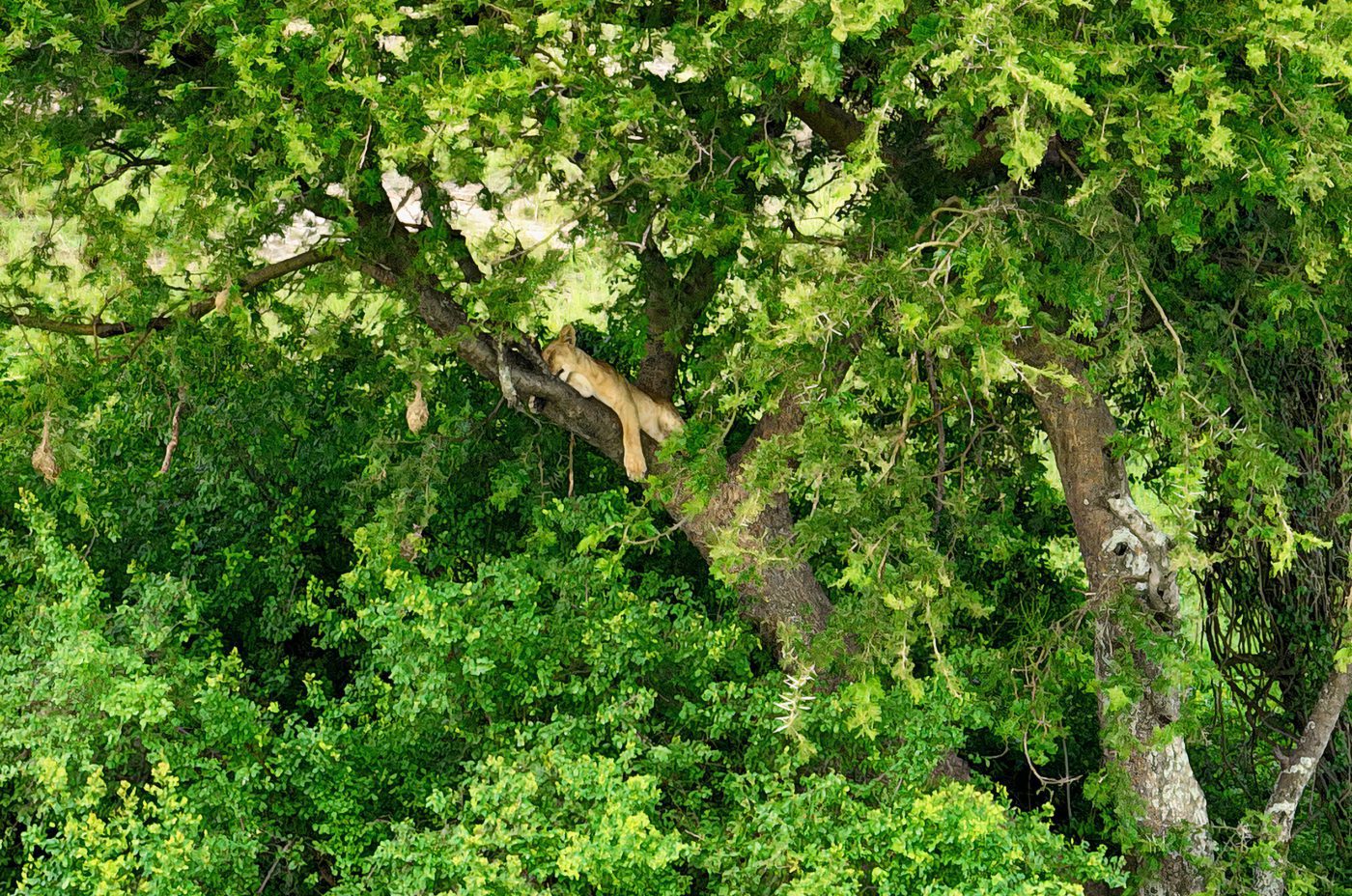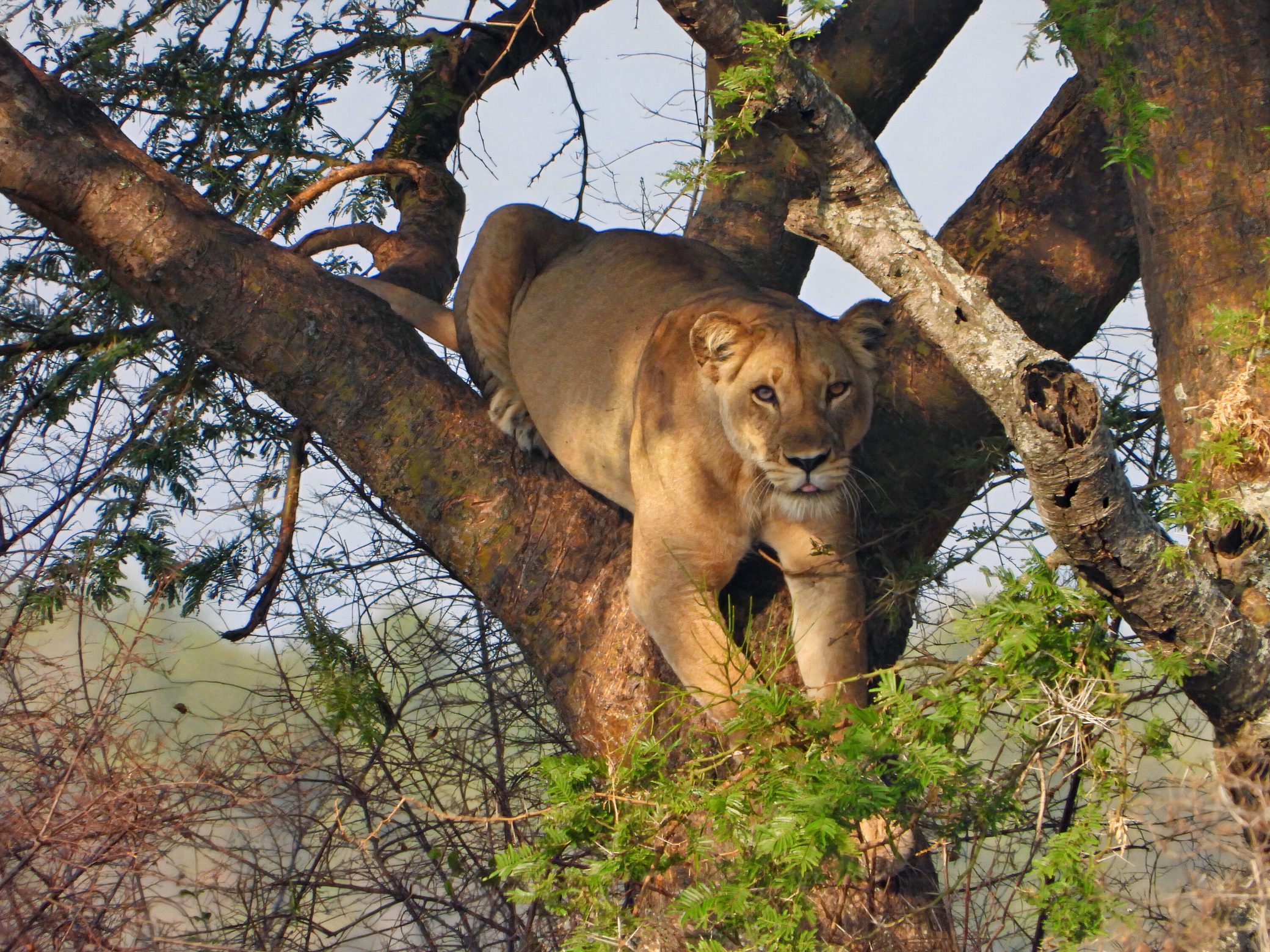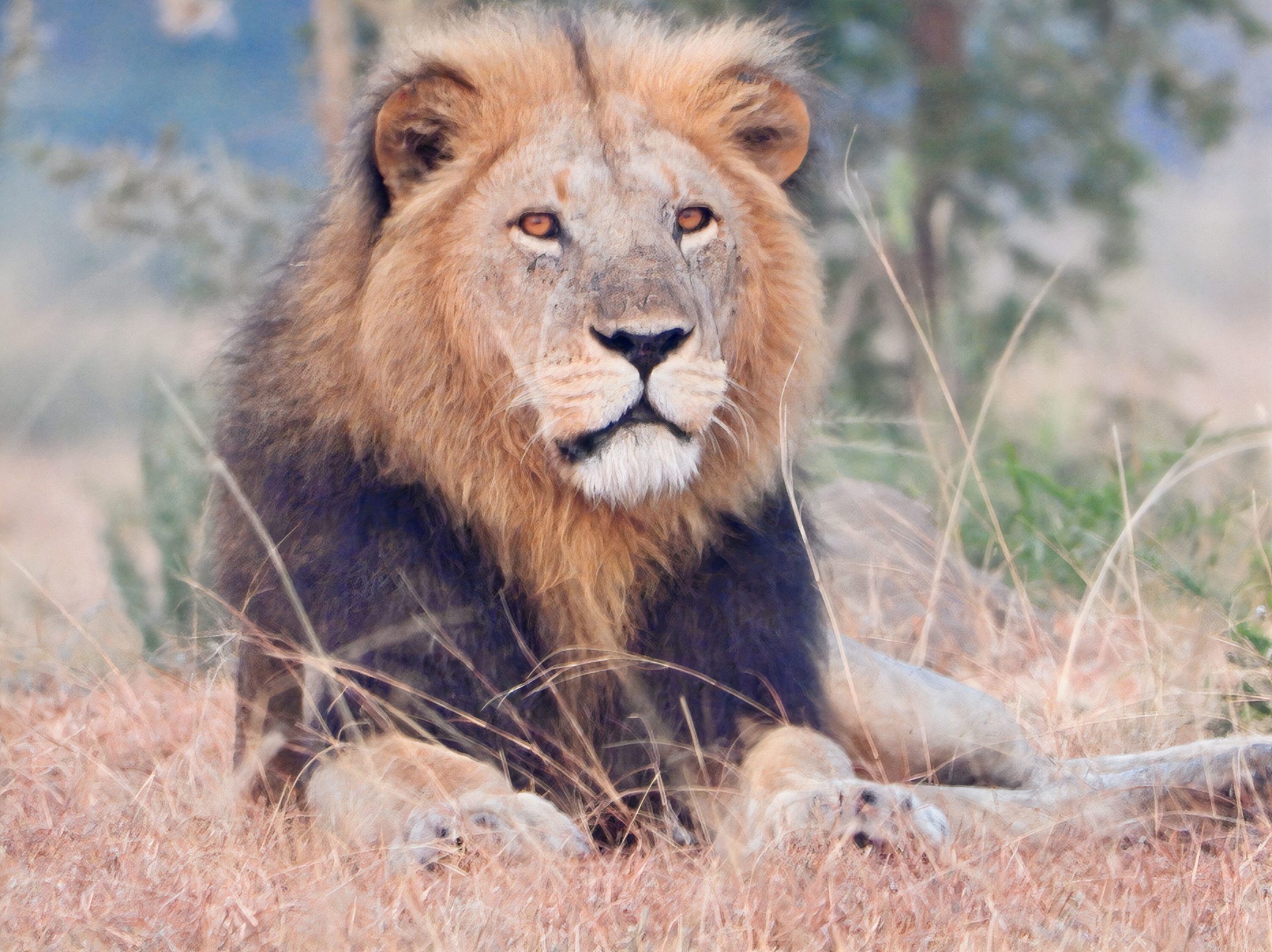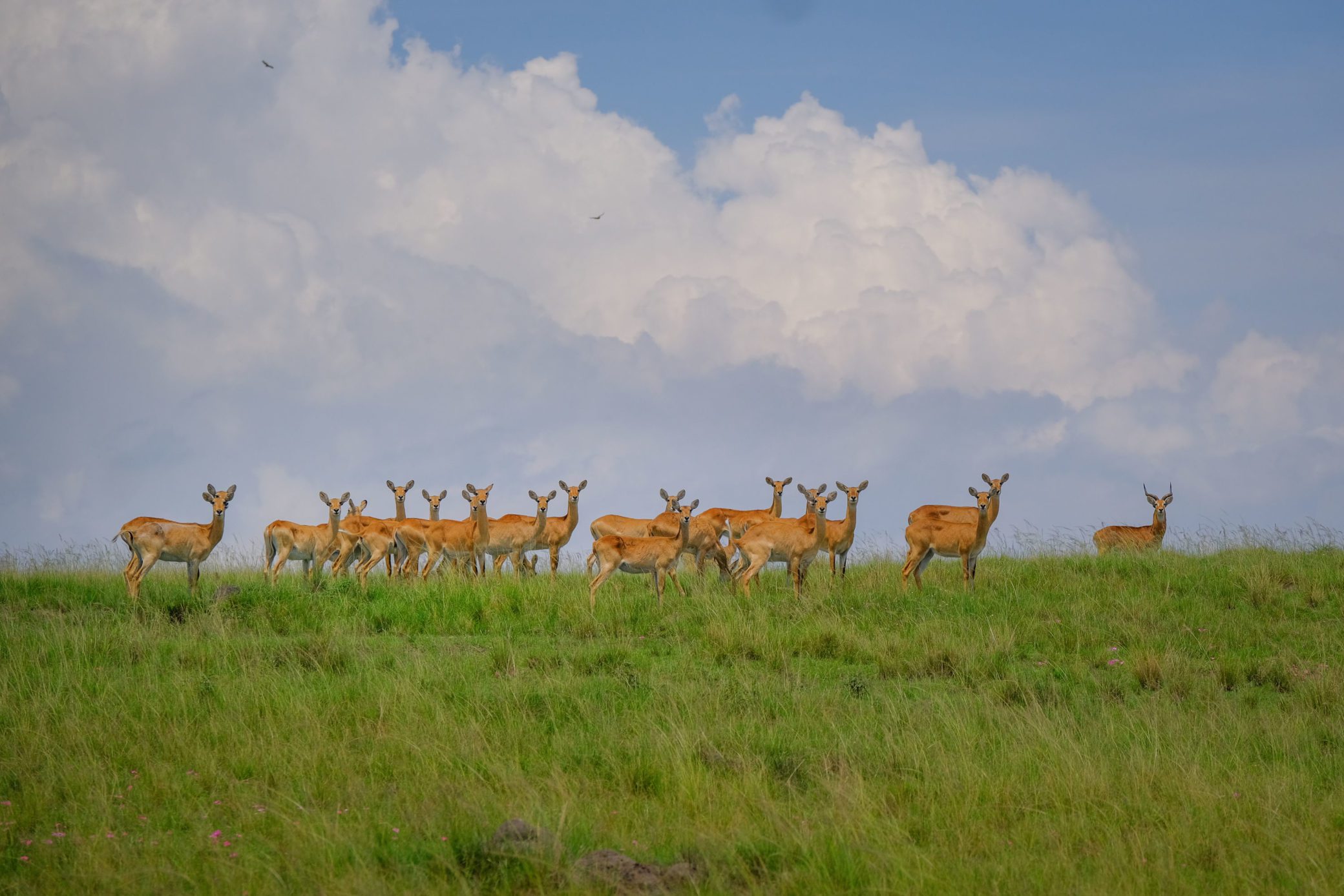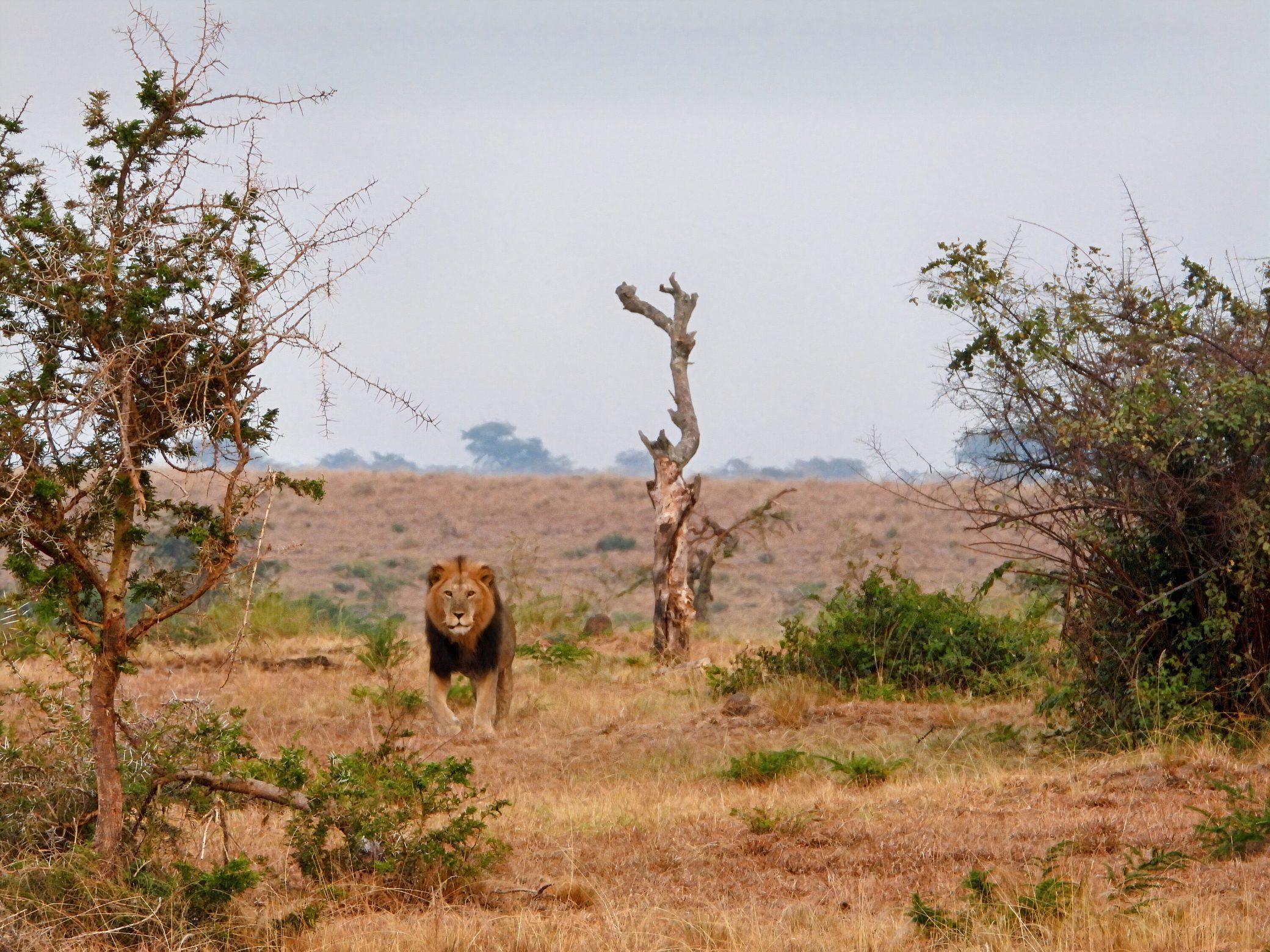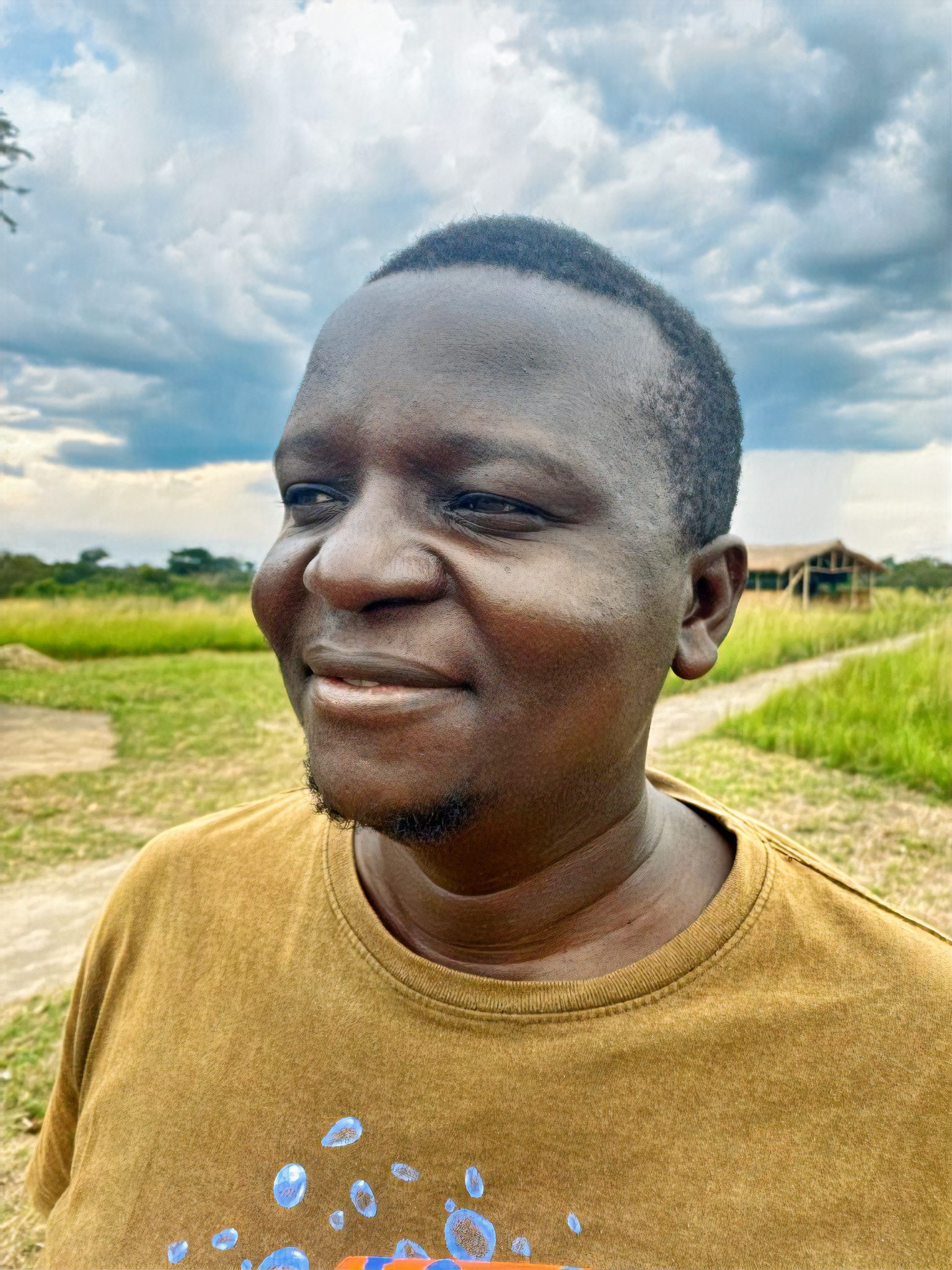Having once inhabited large swaths of the Middle East and Asia, lions are now found only in Africa and Western India’s Gir Forest. Estimating there to be less than 25,000 left in the wild, the IUCN has classified the species as vulnerable to extinction, making protection of the Ishasha Valley population crucial to its survival.

